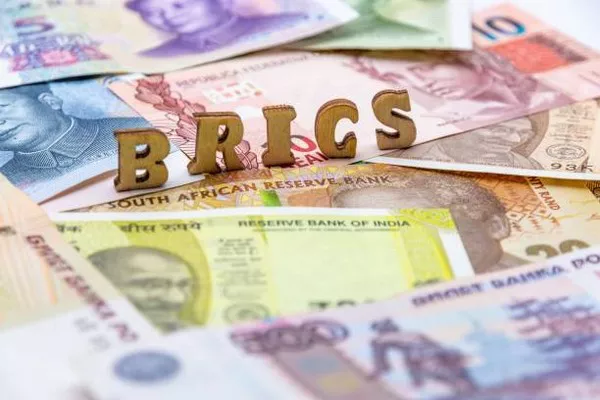Old English coins stand as timeless artifacts, encapsulating centuries of history within their metal confines. Each coin tells a tale of the era it was minted in, reflecting the economic, political, and cultural landscape of its time. Among these numismatic treasures, one coin stands out for its rarity, historical significance, and immense value. In this article, we delve into the journey of discovering the most valuable Old English coin, unraveling its story, and understanding why it holds such prominence in numismatic circles.
The Quest for Rarity:
The realm of numismatics is a playground for collectors, historians, and enthusiasts alike, driven by a shared passion for uncovering rare and valuable coins. In the case of Old English coins, the pursuit of rarity often leads to the Anglo-Saxon period, a time of profound transition and evolution in England’s monetary system.
Among the myriad of coins minted during this era, one particular specimen stands as the pinnacle of rarity and value. The coin in question is the ‘Edward III Double Leopard,’ minted during the reign of King Edward III (1327–1377). This gold coin, characterized by its distinctive design and historical significance, has captured the imagination of collectors worldwide.
Historical Context:
To understand the significance of the Edward III Double Leopard, one must delve into the historical backdrop of medieval England. The reign of Edward III was marked by military conquests, economic reforms, and cultural advancements, making it a pivotal period in English history.
During Edward III’s reign, England witnessed a shift towards a more sophisticated monetary system, with gold coins playing a central role in trade and commerce. The Double Leopard, introduced in 1344, represented the pinnacle of English coinage at the time. Its name derived from the heraldic symbol of the leopard depicted on the coin, symbolizing strength, agility, and royal authority.
Design and Features:
The Edward III Double Leopard is renowned for its intricate design and exquisite craftsmanship. Minted in gold, the coin features a bold portrayal of the king on the obverse, adorned in regal attire and wielding symbols of power. The reverse showcases a majestic leopard, representing the royal heraldry of the House of Plantagenet.
What sets the Double Leopard apart is its double denomination, a testament to the coin’s exceptional value and purchasing power. With a face value of six shillings and eight pence, it was one of the highest denominations ever issued in medieval England, reserved for elite transactions and diplomatic exchanges.
Scarcity and Rarity:
Despite its prominence in medieval England, the Edward III Double Leopard is incredibly rare today, with only a handful of specimens known to exist. The scarcity of this coin can be attributed to various factors, including limited mintages, the passage of time, and historical events such as wars, economic upheavals, and political turmoil.
Surviving examples of the Double Leopard are primarily found in museum collections, private estates, and prestigious auctions, where they command astronomical prices. The rarity of these coins has elevated them to the status of numismatic treasures, coveted by collectors and historians alike.
Market Value and Auction Highlights:
The market value of the Edward III Double Leopard reflects its rarity, historical significance, and intrinsic beauty. Auctions featuring this coveted coin have garnered widespread attention, with bidding wars erupting among passionate collectors vying to add it to their collections.
In recent years, notable auction houses such as Sotheby’s, Christie’s, and Heritage Auctions have featured the Double Leopard in their prestigious sales, showcasing its enduring appeal in the world of numismatics. The prices realized for these coins have often exceeded expectations, underscoring their status as coveted rarities.
See Also How Much Poorer Is Uk After Brexit?
Notable Collections and Exhibitions:
Several renowned collections boast exemplary specimens of the Edward III Double Leopard, showcasing the coin’s enduring legacy and historical importance. Institutions such as the British Museum, the Fitzwilliam Museum, and the Smithsonian Institution house notable examples, allowing visitors to marvel at their beauty and craftsmanship.
In addition to museum collections, the Double Leopard has been featured in numismatic exhibitions and academic conferences, where experts analyze its significance within the broader context of medieval coinage. These events provide invaluable opportunities for scholars and enthusiasts to deepen their understanding of this rare and fascinating coin.
Conclusion:
In the realm of numismatics, the Edward III Double Leopard stands as a beacon of rarity, historical significance, and intrinsic value. Its journey from medieval England to the present day is a testament to the enduring allure of rare coins and the stories they tell.
As collectors and historians continue to unravel the mysteries of Old English coinage, the Double Leopard remains a prized treasure, cherished for its beauty, rarity, and connection to a bygone era. In an ever-changing world, it serves as a tangible link to the past, reminding us of the rich tapestry of history encapsulated within its golden form.


